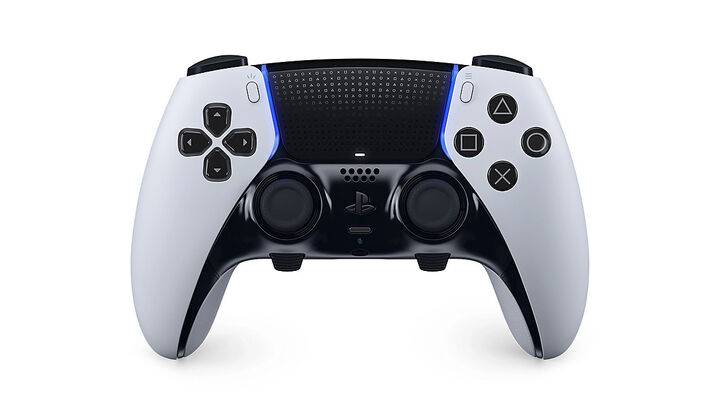
Sony expands its patent portfolio with two groundbreaking innovations that could redefine how players interact with their consoles. Discover how an AI-powered motion-predicting camera and a DualSense gun trigger attachment aim to elevate immersion and responsiveness in gaming.
Two New Patents From Sony
AI-Powered Camera That Predicts Player Input To Minimize Lag

Among Sony’s latest published patents is an innovative system designed to anticipate player actions using artificial intelligence, aiming to significantly reduce input lag—especially in online multiplayer environments.
The patent, titled Timed Input/Action Release, proposes the use of a dedicated camera that monitors both the player and their controller inputs. The captured data would then be processed by a "machine learning-based model or other predictive system" to forecast upcoming button presses. Alternatively, players could perform partial or incomplete controller actions, allowing the AI to interpret and execute the intended command.
This predictive technology is primarily aimed at improving responsiveness in fast-paced online games by enabling the system to stay one step ahead in processing inputs. By anticipating moves before they're fully executed, this solution could help mitigate latency issues that often disrupt gameplay experiences.
Realistic Gun Trigger Attachment for the DualSense Controller

Another intriguing patent reveals a specialized trigger attachment designed to enhance realism during gunfights in first-person shooters and action-adventure titles.
Once attached to the DualSense controller, players hold the device sideways, gripping the right side like a gun stock as illustrated in the patent diagrams. The space between the R1 and R2 buttons functions as the weapon’s sight, while pulling the added trigger simulates the firing mechanism of a real-world firearm. This accessory could also be compatible with other devices such as the PSVR2 headset, offering an even more immersive virtual reality experience.
Sony has a long history of forward-thinking patents—78% of its 95,533 total patents remain active today. Previous concepts include adaptive game difficulty based on player performance, a DualSense variant capable of charging earbuds, and even a temperature-responsive controller that changes feel depending on in-game events.
However, it’s important to note that not all patented ideas become commercial products. While these recent filings offer exciting glimpses into possible future enhancements, only time will reveal whether they evolve into tangible consumer technologies.































